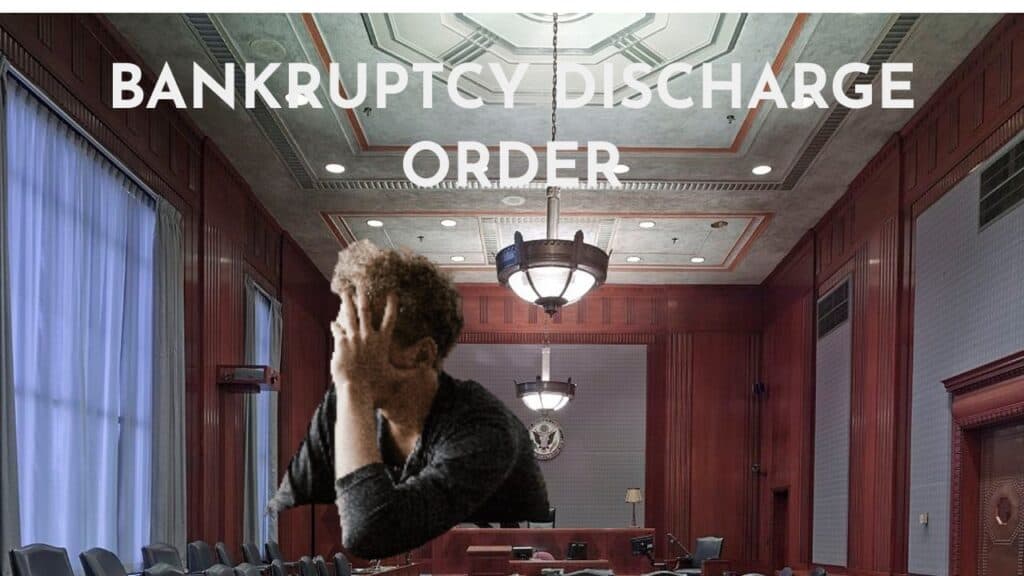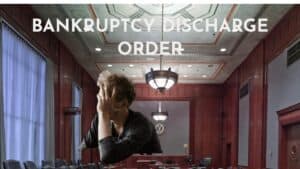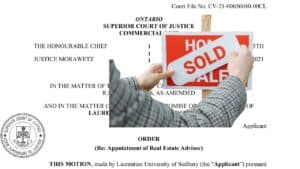where is laurentian university
We hope that you and your family are safe, healthy and secure during this COVID-19 pandemic.
Ira Smith Trustee & Receiver Inc. is absolutely operational and Ira, in addition to Brandon Smith, is readily available for a telephone consultation or video meeting.
Where is Laurentian University in dealing with ‘An ugly stain for years to come’: Laurentian University students, staff reeling from cuts
As regular Brandon Blog readers know, I have been writing about the financial difficulties leading to the Laurentian University creditor protection filing under the Companies’ Creditors Arrangement Act (CCAA) as major events unfolded. The filing for bankruptcy protection was to allow for ongoing operations to continue and to come up with a Plan of Arrangement to deal with creditor claims.
The end of this week was scheduled to be another milestone in the Laurentian CCAA insolvency process, but it appears that event won’t happen on time. The purpose of this Brandon Blog is to discuss where is Laurentian University at with its compensation claim process for current and terminated faculty and staff?
Laurentian University situation so dire, it couldn’t afford to pay staff
This post-secondary institution faced a cash crisis and many financial issues leading to having filed its application for creditor protection on February 1, 2021. So far, I have written on:
- LAURENTIAN UNIVERSITY FACING INSOLVENCY MAKES STARTLING CCAA NEWS FILING FOR CREDITOR PROTECTION. I wrote about what creditor protection in the Canadian context is for companies under financial strain and why Laurentian University did so.
- LAURENTIAN UNIVERSITY INSOLVENCY RESTRUCTURING – OUR UPDATED GUIDE ON ITS MASSIVE CUTS TO GAIN FINANCIAL HEALTH. I discussed what went wrong in this Northern Ontario Sudbury-based university leading to the Laurentian University insolvency restructuring.
- LAURENTIAN UNIVERSITY IN SUDBURY: THE LAURENTIAN FEDERATED UNIVERSITIES SUFFERED A CRUSHING DEFEAT. I explained the court rulings in favour of Laurentian University in Sudbury in its effort to terminate all of its federated agreements with the independent universities: the University of Sudbury, Thorneloe University and Huntington University.
- COMPANIES’ CREDITORS ARRANGEMENT ACT: CREDITORS ARE NOW ABLE TO MAKE BOLD CLAIMS AGAINST LAURENTIAN. I wrote about the CCAA Claims Process having begun, other than for compensation claims of current and terminated faculty and staff. I described the rules for creditors to file their claims.
- LAURENTIAN UNIVERSITY OF SUDBURY: LAURENTIAN SCORES HUGE WIN OVER THORNELOE UNIVERSITY. I discussed the Laurentian University of Sudbury decision of the Court of Appeal for Ontario concerning the request of one of the independent universities, Thorneloe University.
- CUSHMAN WAKEFIELD TORONTO: COURT READILY APPOINTS FIRM TO REVIEW LAURENTIAN’S MASSIVE REAL ESTATE HOLDINGS. I discussed the Cushman Wakefield Toronto appointment as the Sudbury school plans a real estate review in Phase 2 of its court-guided restructuring process. The purpose of the independent third-party review is to see what Laurentian University might sell to get out of its financial hole and get it back onto a proper financial footing.
Where is Laurentian University with the Amended and Restated Claims Process Order?
I previously wrote about the Laurentian University Amended and Restated Claims Process Order (A&R Claims Process Order) when it was obtained from the Court on May 31, 2021.
Among other things, the A&R Claims Process Order developed a claims process to recognize, identify and deal with certain claims of creditors. The A&R Claims Process Order left out Compensation Claims to allow Laurentian, with the help of the Monitor and in discussions with the Laurentian University Faculty Association (LUFA) and also Laurentian University Staff Union (LUSU), to establish a process as well as a method for the identification of Compensation Claims.
Compensation Claims usually consist of the claims of current and previous employees, retirees, and also the labour unions relative to employment, benefits, pension, and/or labour contracts among the stakeholders and Laurentian University, and also claims of specific third parties relative to involvement of their employees in the retirement health benefit plan.
In their application to Court last May, Laurentian University told the Court that they would be back to have the Compensation Claims process approved no later than July 30, 2021.

Where is Laurentian University with its creditor protection compensation claims program now?
Laurentian told the Court that its Compensation Claims process will:
- develop the key groups of claims to be covered in a Compensation Claims
procedure; - determine what info and also how the information needed to calculate such
claims can be assembled based upon the information in the hands of Laurentian and third-party service providers; - develop the Compensation Claims Methodology; and
- think about alternate procedures for notice as well as claims handling.
In its motion record dated July 23, 2021, Laurentian has advised the Court that although it is working diligently with the Monitor, LUFA and LUSA, Laurentian will not be able to serve materials explaining its Compensation Claims process in time to seek Court approval no later than July 30. So, Laurentian is asking for an extension from July 30 to August 20, 2021. In the motion record, it is not stated exactly where is Laurentian University in this process. Laurentian has advised that its lawyers have booked time with the Court to hear the motion on August 17, 2021, at 9:30 AM.
UPDATE: On July 28, 2021, the Court approved amending paragraph 46 of the Claims Process Order to extend the date that Laurentian University must bring a motion to the Court to seek approval of: (a) the Compensation Claims Methodology, and (b) the process for notification of Employees and claims process, from “no later than July 30, 2021” to “no later than August 20, 2021”.
Where is Laurentian University? Ask current President Dr. Robert Haché
In support of this motion for an extension of time, the motion material includes the affidavit of Dr. Robert Haché, University President and Vice-Chancellor of Laurentian University of Sudbury, sworn on July 23 (the Haché Affidavit).
The Haché Affidavit really doesn’t say much and unfortunately, it does not say exactly where is Laurentian University in the finalization of the Compensation Claims process. It summarizes the background about the bilingual university financial troubles as to how this post-secondary education institution got to where it is today in the Laurentian CCAA insolvency process and advises the Court that:
- Laurentian and the Monitor have been working diligently on settling the Compensation Claims Methodology, nonetheless, as a result of a variety of competing and urgent demands put on the University’s limited resources, (which presumably includes the demands of day to day operations) development has actually been slower than expected.
- Although the information-gathering phase took longer than anticipated, drafts of the Compensation Claims Methodology have been prepared and also shown to LUFA and LUSU.
- Regardless of best efforts, Laurentian was not able to finalize the Compensation Claims process in order to have everything in time for the Compensation Claims Methodology to be provided for Court authorization by July 30, 2021, based on the A&R Claims Process Order.
- Therefore, the University looks for a short extension to that date. This requires a change to paragraph 46 of the A&R Claims Process Order to prolong the day whereby Laurentian can bring a motion to the Court to seek the authorization for the Compensation Claims Methodology to no later than August 20, 2021.
The Haché Affidavit is light on details as to what the issues getting in the way are, what has been agreed to so far and where is Laurentian University in all this? Close or still far off? It provides no real useful information to determine where is Laurentian University on this issue. My review of documents that were made public sheds no more light than what I am telling you in this Brandon Blog. They are obviously hoping that this request will not meet with any opposition so that it will allow for a positive impact on the financial restructuring.
So, unfortunately, there is no real insight into what is holding up the Compensation Claims process for claims of current and former faculty and staff, including severance payments, which certainly will be in the millions of dollars.
I doubt that anyone will wish to try to upset the restructuring over this issue. As of the time of writing this Brandon Blog, there is not a current Monitor’s Report in support of this motion yet made public.
Where is Laurentian University in all of this? I suspect that Laurentian will receive the extension it is requesting.

Where is Laurentian University summary
I hope that you found this where is Laurentian University Brandon Blog interesting. Problems will arise when you are cash-starved and in debt. There are several insolvency processes available to a person or company with too much debt.
If you are concerned because you or your business are dealing with substantial debt challenges, you need debt help and you assume bankruptcy is your only option, call me.
It is not your fault that you remain in this way. You have actually been only shown the old ways to try to deal with financial issues. These old ways do not work anymore.
The Ira Smith Team utilizes new modern-day ways to get you out of your debt difficulties with debt relief options as alternatives to bankruptcy. We can get you the relief you need and so deserve. Our professional advice will create for you a personalized debt-free plan for you or your company during our no-cost initial consultation.
The tension put upon you is big. We know your discomfort factors. We will check out your entire situation and design a new approach that is as unique as you and your problems; financial and emotional. We will take the weight off of your shoulders and blow away the dark cloud hanging over you. We will design a debt settlement strategy for you. We know that we can help you now.
We understand that people with credit cards maxed out and businesses facing financial issues need a realistic lifeline. There is no “one solution fits all” method with the Ira Smith Team. Not everyone has to file bankruptcy in Canada. The majority of our clients never do as we know the alternatives to bankruptcy. We help many people and companies stay clear of filing an assignment in bankruptcy.
That is why we can establish a new restructuring procedure for paying down debt that will be built just for you. It will be as one-of-a-kind as the economic issues and discomfort you are encountering. If any one of these seems familiar to you and you are serious about getting the solution you need to become debt-free, contact the Ira Smith Trustee & Receiver Inc. group today.
Call us now for a no-cost consultation.
We hope that you and your family are safe, healthy and secure during this COVID-19 pandemic.
Ira Smith Trustee & Receiver Inc. is absolutely operational and Ira, in addition to Brandon Smith, is readily available for a telephone consultation or video meeting.



















